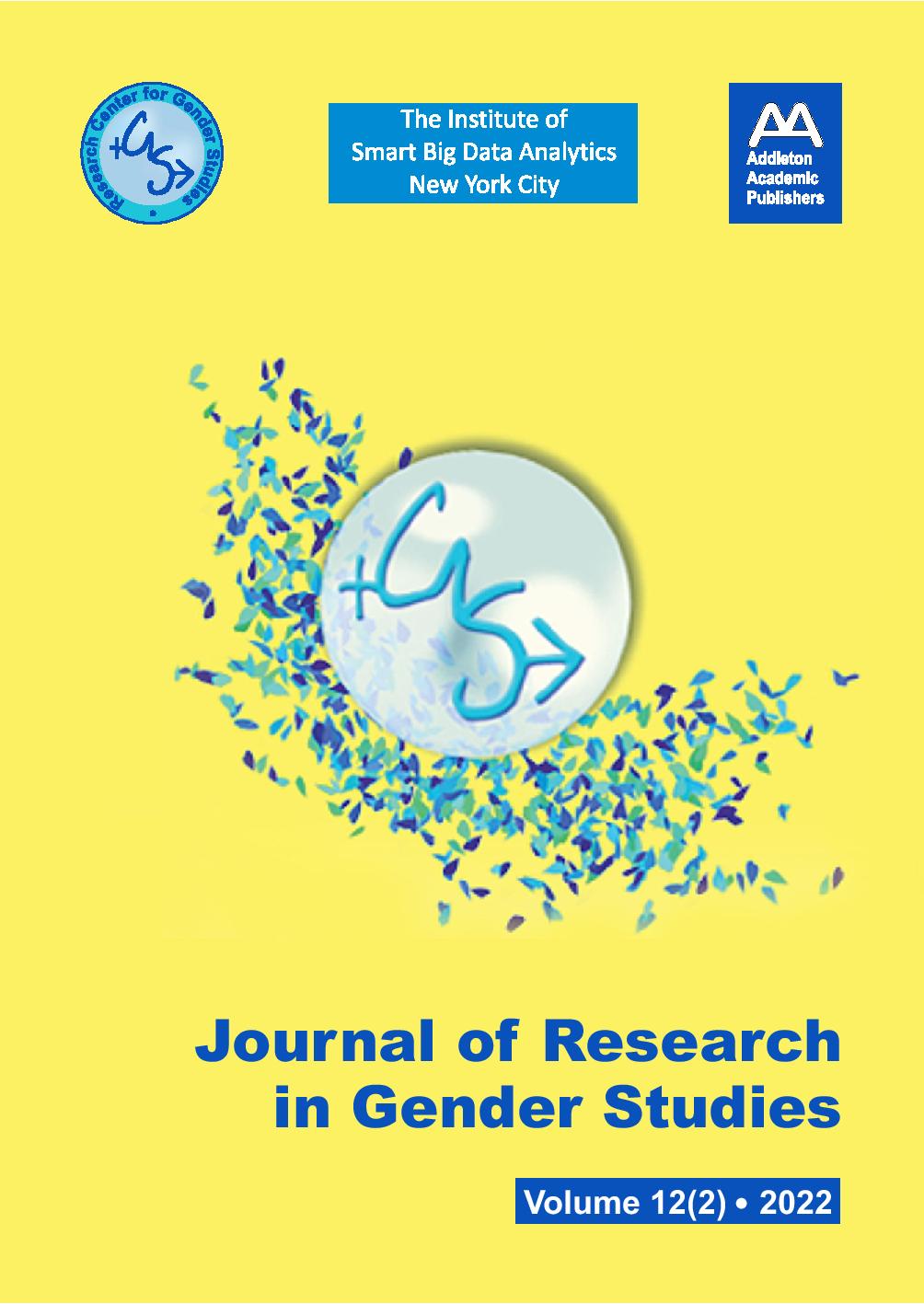Augmented Reality Beauty Apps for Physical Appearance and Attractiveness: Face and Body Emotion Recognition Processes, Negative Mood and Self-Esteem, and Appealing Self-Presentation
Augmented Reality Beauty Apps for Physical Appearance and Attractiveness: Face and Body Emotion Recognition Processes, Negative Mood and Self-Esteem, and Appealing Self-Presentation
Author(s): James PerkinsSubject(s): Gender Studies, Media studies, Behaviorism, ICT Information and Communications Technologies
Published by: Addleton Academic Publishers
Keywords: augmented reality beauty app; physical appearance and attractiveness; face and body emotion recognition process; negative mood and self-esteem; appealing self-presentation;
Summary/Abstract: Based on an in-depth survey of the literature, the purpose of the paper is to explore filtered and photoshopped faces and bodies, aesthetically appealing images, and face and body emotion recognition processes. In this research, previous findings were cumulated showing that try-on surgery filters enable unrealistic beauty ideals, body image comparisons, perceived facial and body imperfections, digital body transformation, and digitized social interactions, and I contribute to the literature by indicating that photo editing apps and face beautification tools enable socio-cultural processes and contexts, selfie-taking behaviors, and body image concerns. Throughout June 2022, I performed a quantitative literature review of the Web of Science, Scopus, and ProQuest databases, with search terms including “augmented reality beauty apps for physical appearance and attractiveness” + “face and body emotion recognition processes,” “negative mood and self-esteem,” and “appealing self-presentation.” As I inspected research published between 2017 and 2022, only 167 articles satisfied the eligibility criteria. By removing controversial findings, outcomes unsubstantiated by replication, too imprecise material, or having similar titles, I decided upon 38, generally empirical, sources. Data visualization tools: Dimensions (bibliometric mapping) and VOSviewer (layout algorithms). Reporting quality assessment tool: PRISMA. Methodological quality assessment tools include: AXIS, Dedoose, MMAT, and SRDR.
Journal: Journal of Research in Gender Studies
- Issue Year: 12/2022
- Issue No: 2
- Page Range: 95-111
- Page Count: 17
- Language: English
- Content File-PDF

